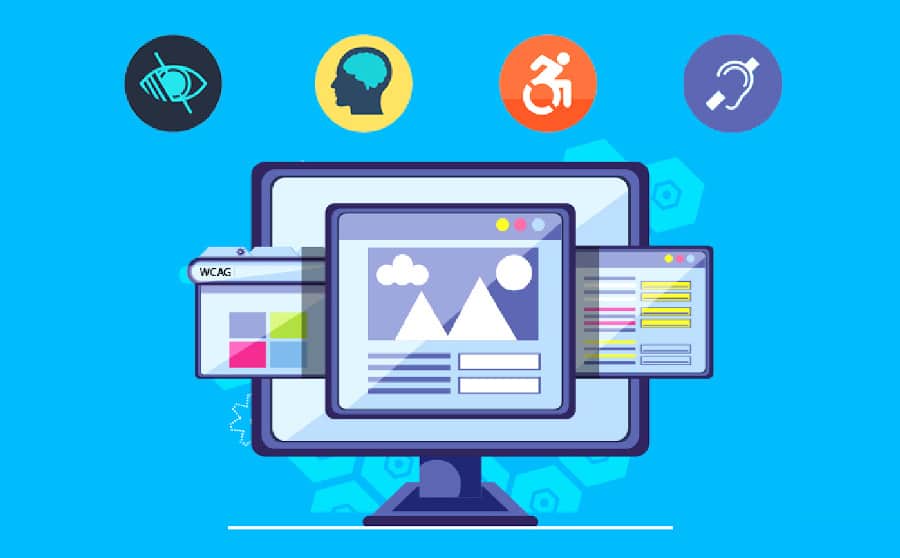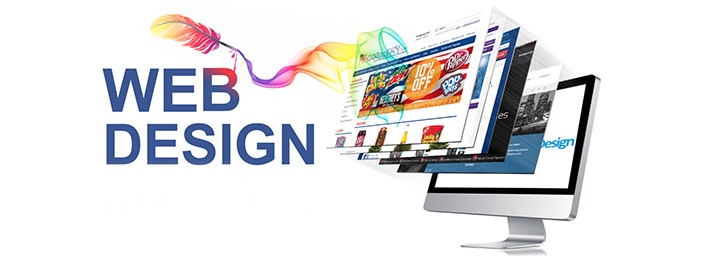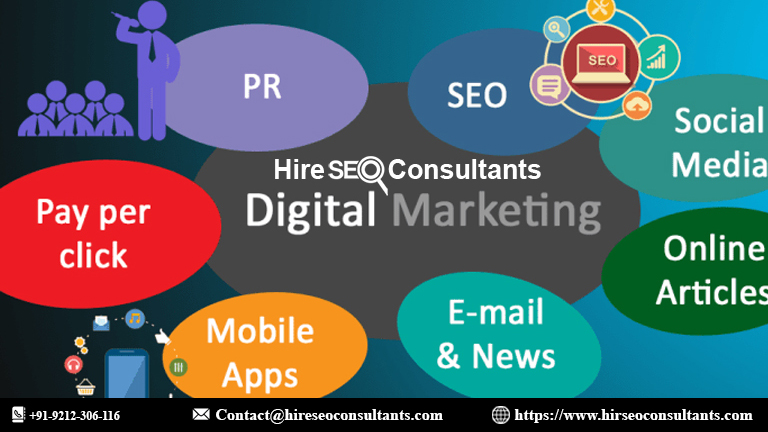Explaining the technological accessibility and inclusive design
Technological accessibility represent fundamental principles that shape the future of technology and society.

In today's digital age, technology has become an integral part of our lives. From smartphones to websites, from apps to smart appliances, technology permeates every aspect of our daily routines.
However, for technology to truly serve its purpose and benefit everyone, it must be accessible to all individuals, regardless of their abilities or disabilities.
This is where the principles of technological accessibility and inclusive design come into play, and in this blog post, we will explore their importance and the impact they have on our society.
Understanding Technological Accessibility:
Technological accessibility refers to the design and development of digital products and services in a way that ensures they can be used and understood by as many people as possible, including those with disabilities.
Disabilities can encompass a wide range of conditions, including visual, auditory, cognitive, and motor impairments. Ensuring technological accessibility means removing barriers that may prevent individuals with disabilities from fully participating in the digital world.
The Legal and Ethical Imperatives:
There are legal and ethical reasons why technological accessibility is paramount. In many countries, including the United States, laws such as the Americans with Disabilities Act (ADA) and the Rehabilitation Act require that digital content and services be accessible to people with disabilities. Failure to comply with these regulations can result in lawsuits and financial penalties.
Moreover, there's an ethical responsibility to ensure that technology is inclusive and accessible to all. Excluding individuals with disabilities from the digital sphere perpetuates inequality and discrimination. It's a matter of social justice and human rights to provide equal opportunities to all, regardless of their abilities.
The Broader Impact on Society:
- Economic Inclusion: Making technology accessible opens up economic opportunities for people with disabilities. It allows them to access online job portals, participate in remote work, and start businesses. When technology is inclusive, it contributes to reducing the unemployment rate among people with disabilities.
- Education: Inclusive technology is a game-changer in education. It empowers students with disabilities to access educational resources, participate in online classes, and engage with digital learning materials. This fosters a more inclusive and equitable education system.
- Social Participation: Social media, online forums, and messaging apps are essential tools for social interaction in the digital age. Ensuring these platforms are accessible means individuals with disabilities can connect with others, share their experiences, and be part of online communities.
The Principles of Inclusive Design:
Inclusive design is the foundation upon which technological accessibility is built. It's a proactive approach to designing products and services that considers the diverse needs and abilities of potential users from the outset. Here are some key principles of inclusive design:
- Diverse User Testing: Include individuals with a range of abilities in the testing and development process. Their feedback is invaluable for identifying and addressing accessibility issues.
- Flexibility: Create products that can adapt to different user needs. For example, adjustable font sizes and contrast settings benefit users with varying visual impairments.
- Clear and Consistent Navigation: Ensure that the user interface is intuitive and easy to navigate, benefiting users with cognitive and motor impairments.
- Alternative Content: Provide alternative formats for content, such as text transcripts for videos or captions for audio content, to accommodate users with sensory disabilities.
- Cross-Platform Compatibility: Ensure that your digital products are accessible across different devices and platforms, including screen readers, mobile devices, and desktop computers.
The Business Case for Inclusive Design:
Beyond legal and ethical considerations, there's a compelling business case for inclusive design. Companies that prioritize accessibility and inclusivity are likely to see several benefits:
- Expanded Market: By making products accessible, businesses can tap into a larger customer base, including individuals with disabilities and older adults.
- Enhanced Reputation: Brands that demonstrate a commitment to inclusivity and accessibility are viewed more favorably by consumers. This can boost brand loyalty and reputation.
- Innovation: Inclusive design often leads to innovative solutions that benefit a broader range of users. When you design with accessibility in mind, you may discover new features or functionalities that improve the overall user experience.
- Reduced Legal Risks: Compliance with accessibility laws and standards reduces the risk of legal action, which can be costly in terms of legal fees, fines, and damage to a company's reputation.
Challenges in Achieving Technological Accessibility:
While the importance of technological accessibility and inclusive design is clear, there are challenges to overcome. Some of these challenges include:
- Awareness: Many developers and designers may not be fully aware of the importance of accessibility or how to implement it effectively.
- Resource Constraints: Small businesses and startups may struggle to allocate resources for accessibility efforts, viewing them as an added cost.
- Technological Complexity: Ensuring accessibility across a wide range of devices, platforms, and technologies can be technically challenging.
- Rapid Technological Advancements: As technology evolves quickly, it can be difficult to keep up with accessibility standards and best practices.
The Role of Government and Industry Standards:
To address some of these challenges, governments and industry organizations have developed accessibility standards and guidelines.
The Web Content Accessibility Guidelines (WCAG), for example, provide a comprehensive framework for creating accessible web content. Adherence to such standards not only ensures compliance with legal requirements but also sets a clear path for achieving accessibility.
Technological accessibility and inclusive design are not optional extras; they are essential components of a fair, just, and technologically advanced society.
By ensuring that technology is accessible to everyone, we open up a world of possibilities for people with disabilities, promote economic inclusion, and create a more equitable and inclusive society.
As individuals, businesses, and societies, it's our responsibility to prioritize technological accessibility and embrace inclusive design principles.
This commitment will not only benefit those with disabilities but will also lead to more innovative and successful products and services that cater to a diverse and inclusive audience. In an increasingly digital world, the importance of accessibility and inclusivity cannot be overstated, and it's up to all of us to make it a reality.
What's Your Reaction?




















